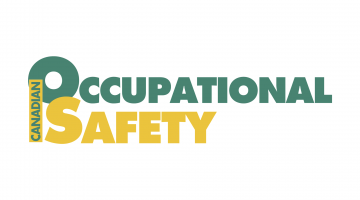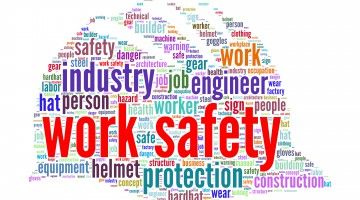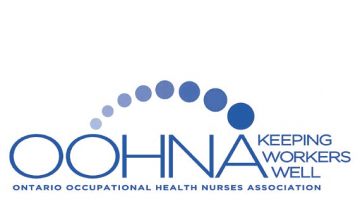Work precarity and vulnerability
“Precarious” is a word often used to describe work that is characterized by low pay, low job security and little protection. “Vulnerable” is a word often used in the health and safety world to describe those who are at an increased risk of work injury or disease. At the Institute for Work & Health (IWH), an evidence-based framework has been developed that defines OHS vulnerability as being exposed to hazards without having adequate protection. This page pulls together research on OHS vulnerability and work precarity.
Featured

Research Highlights
Death rates are higher for workers in precarious and lower quality jobs
Death rates are higher for workers in lower-quality jobs. That’s according to an IWH study that explored whether job quality was linked to rates of death.
Published: November 12, 2025

IWH in the media
Increased OHS vulnerability linked to higher rates of self-reported injury: study
Workers who report being vulnerable because they are exposed to job hazards from which they are not adequately protected by workplace policies, awareness programs or empowerment mechanisms also report much higher rates of work-related injury.
Published: Canadian Occupational Safety, January 2017

Impact case study
OHS leader Carillion Canada uses IWH’s vulnerability measure to identify areas for continuous improvement
Despite a strong OHS record, construction and facilities management company sees benefit of learning more through use of IWH's OHS Vulnerability Measure.
Published: December 2016

At Work article
Vulnerability survey helps employer assess worker OHS awareness, empowerment
Health and safety leader Carillion Canada uses IWH’s new measure to identify weaknesses in organization.
Published: November 2016

Issue Briefing
Vulnerable workers and risk of work injury
This Issue Briefing provides highlights of IWH's body of evidence on "vulnerable" workers, tracking how our research has evolved from vulnerability being associated with those who are new to a job to those who are exposed to hazards with inadequate awareness, protective policies and/or empowerment.
Published: November 2016

Impact case study
Ontario prevention system adopts IWH conceptual framework for OHS vulnerability
A new way of thinking about "vulnerable workers" makes inroads with Ontario's Ministry of Labour and its partners.
Published: October 2016
Journal article
Journal article
Individual, occupational, and workplace correlates of occupational health and safety vulnerability in a sample of Canadian workers
Published: American Journal of Industrial Medicine, January 2016

Tools and guides
OHS Vulnerability Measure
This tool assesses the extent to which a worker may be vulnerable to occupational health and safety (OHS) risks at work in four areas: hazard exposure; workplace policies and procedures; worker awareness of hazards and OHS rights and responsibilities; and worker empowerment to participate in injury and illness prevention.
Published: January 2016

At Work article
Distinct types of OHS vulnerability seen in young, temporary, small business employees
A tool developed by IWH measures three types of vulnerability to workplace health and safety risk.
Published: November 2015

IWH in the media
The vulnerable worker
The term “vulnerable workers” is used increasingly in occupational health and safety (OHS) to describe those at greater risk of injury. Research at the Institute for Work & Health (IWH) has recently explored whether worker or workplace factors are linked to worker vulnerability. The result is a new 29-item questionnaire that measures the extent to which workers are at increased risk of work-related injury and illness and conceives vulnerability as a function of four distinct dimensions.
Published: OOHNA Journal , October 2015
Journal article
Journal article
The development of a conceptual model and self-reported measure of occupational health and safety vulnerability
Published: Accident Analysis and Prevention, June 2015
